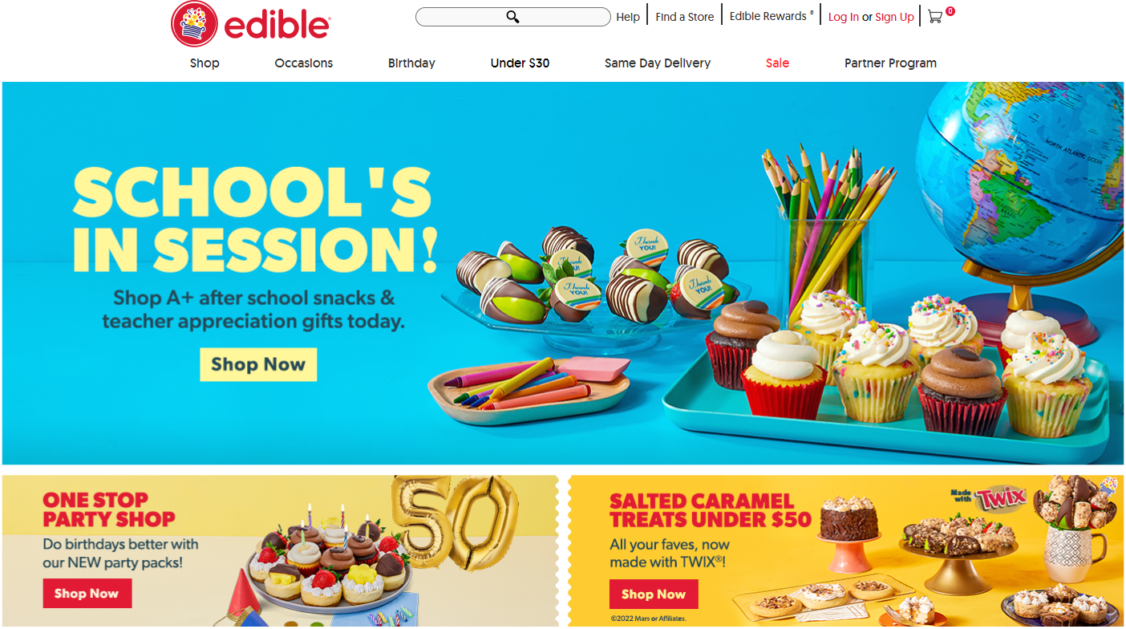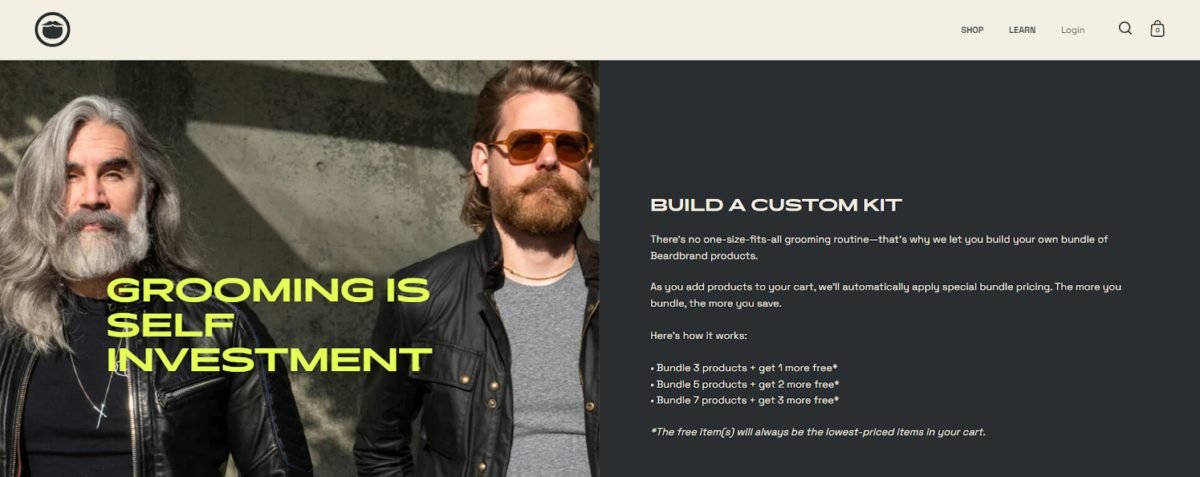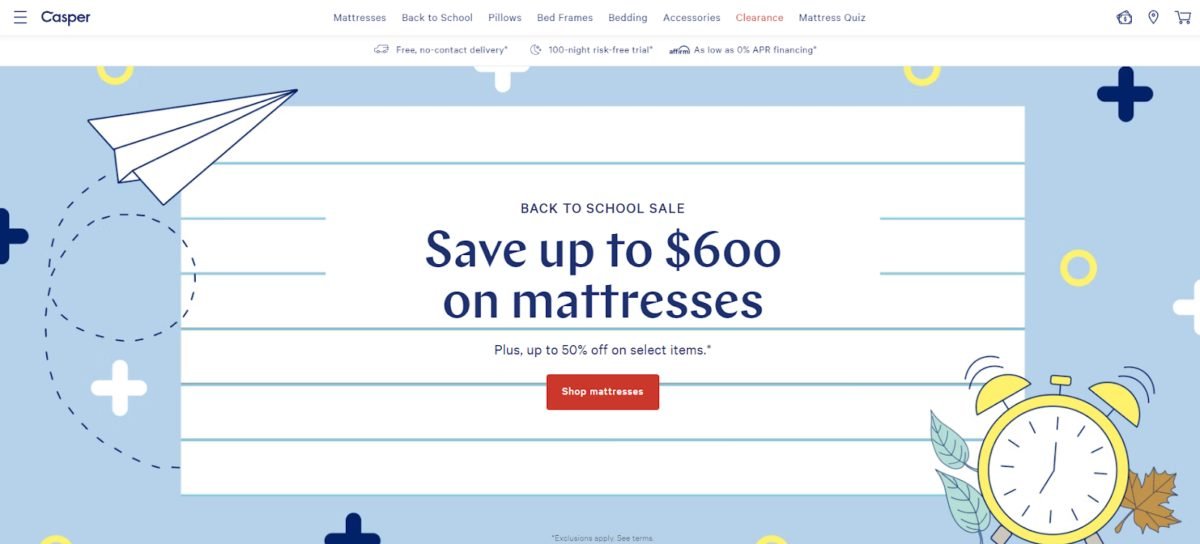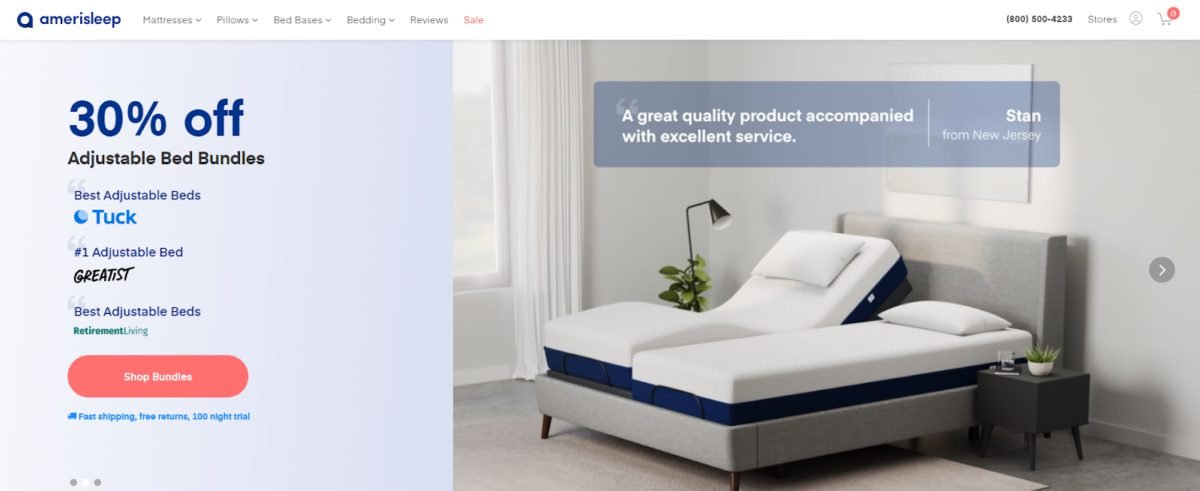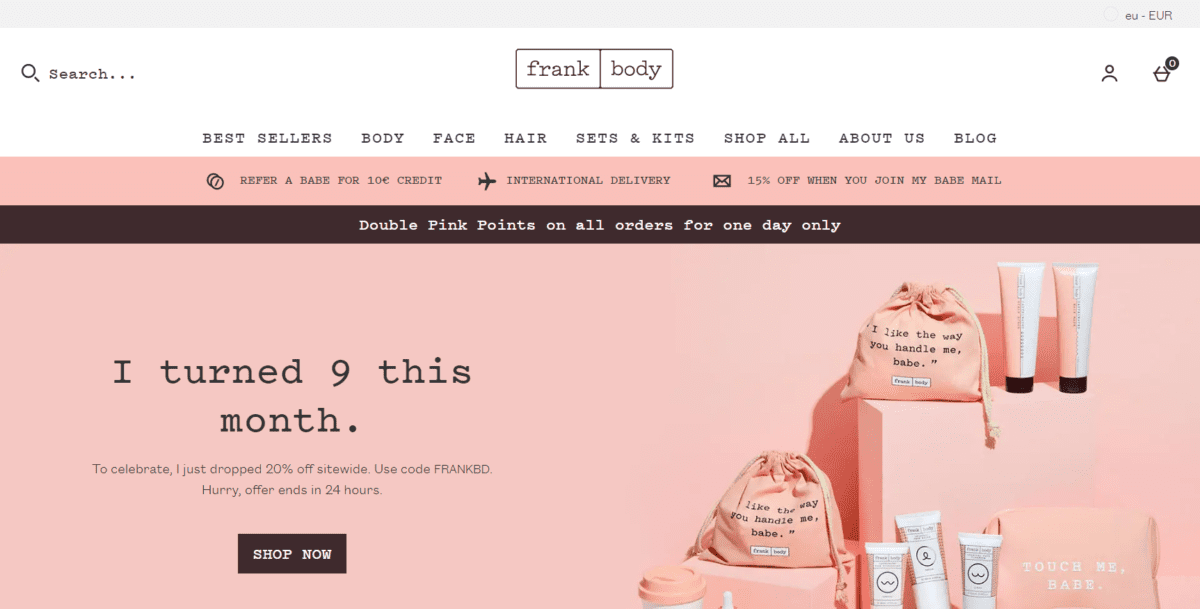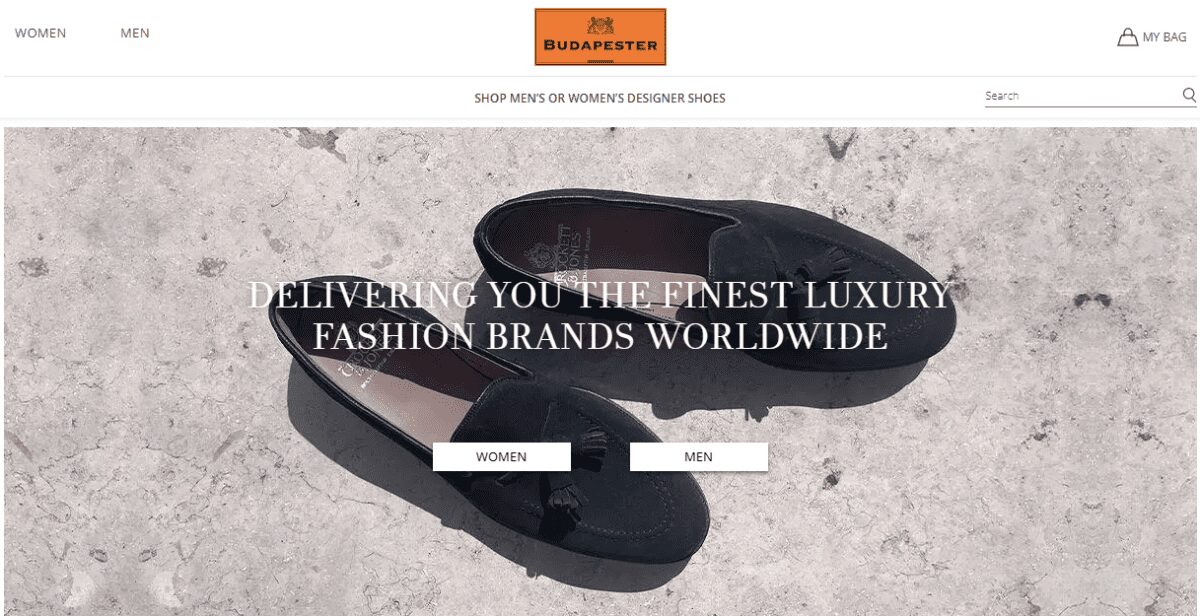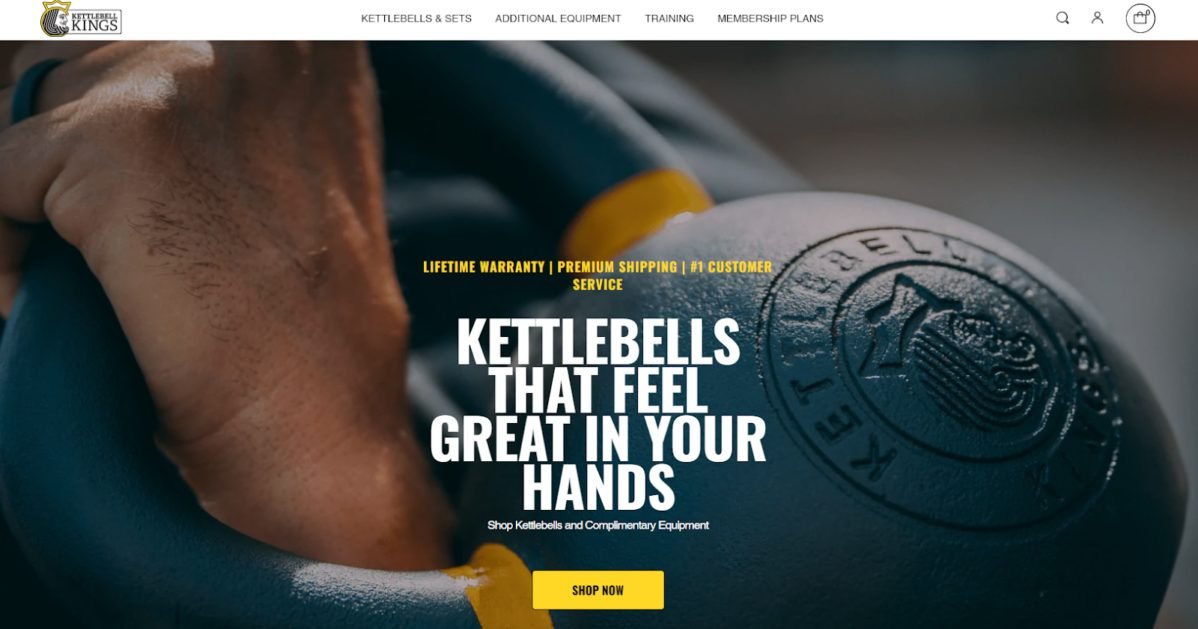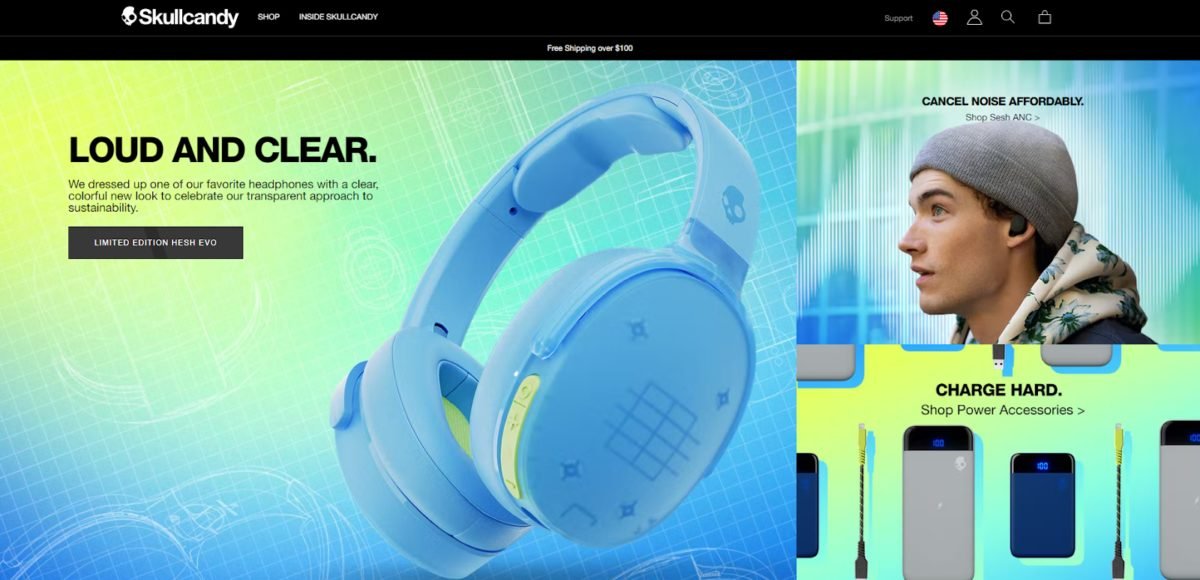Ecommerceceo: 17 Legit Ecommerce Business Examples To Spark Inspiration
Thanks to the evolution of the internet, online retailers can easily create and showcase their products and services through eCommerce websites.
And while potential customers for a brick-and-mortar store are geographically limited, eCommerce stores can serve customers worldwide with the click of a button.
As a result, an eCommerce site expands a company's business model exponentially and is a sought-after asset.
But when starting your online business (or expanding your existing business model to include an eCommerce website), where do you start?
Online retailers include those with one or two products, all the way up to an online marketplace with millions of products and listings.
The best way to start is often to understand what you need – what your target audience wants – and to find inspiration in other successful eCommerce sites.
For that reason, we've compiled a list of 17 online businesses that provide great examples of eCommerce companies. From providing excellent customer service that builds the customer relationship and creating a truly unique online shop to reaching massive global sales, these companies offer an excellent example of success. They can inspire you as you design, build, and market your website.
The Origin & Evolution of ECommerce
The eCommerce business model on the world wide web began to grow in the early to mid-1990s. By then, the internet (launched in 1991) was becoming more familiar, and using it for commercial purposes was becoming more popular. Amazon, a now hugely recognizable online retailer, debuted online in 1995.
The general public's awareness and use of the internet played a big role in the opportunity for online stores. After all, you can't have a successful eCommerce platform without potential customers.
But, one of the challenges facing e-commerce businesses was how to safely and securely take payments online.
The customer experience was important – and trusting this new mobile commerce would require an extra emphasis on security protocols. The development of DSL and HTTPS standards played a big role in securing online transactions and growing ecommerce business in general.
The year 2000 marked a considerable increase in the eCommerce industry – now that safety measures were in place and familiarity was high.
Google Adwords also debuted in 2000, boosting the organic search engine options with paid marketing campaigns directed at driving more traffic.
Since 2000, more and more retailers have joined and listed their products and services online, to the extent that today, more than 95% of Americans have purchased something through eCommerce transactions!
Ecommerce Success Stories to Learn From
Whether you're a business owner building a consumer-to-business or business-to-consumer shop, online stores have made a successful business model on various eCommerce platforms.
We're reviewing a list of 17 case studies of eCommerce businesses that have done it right.
We're talking about everything from building a visually beautiful online store with high-quality product images and integrating a successful online store into an existing business model to disrupting an entire industry with a unique approach to content or influencer relationships. These ecommerce companies have achieved record retail eCommerce sales and are leaders in the ecommerce market that can inspire you as you begin your online journey.
The Pearl Source is an eCommerce store and one of the brick-and-mortar retailers on our list, as they have a showroom in Los Angeles, CA. The Pearl Source sells pearls and fine jewelry directly to consumers through its business models.
During a recent holiday season, The Pearl Source decided to increase the effort invested in their sales channels and run calculated ads that would target three unique audiences. The first group was a lookalike group on Facebook that mimicked consumers who had visited the online store. The second group was those who had visited the store but not purchased, and the third group was consumers who had added a product to the cart but had not completed the purchase.
The ads integrated product photos, an easy call to action button (meaning the prospect could be back on the website and browsing with just a few clicks), and a 15% off coupon. Once on the website, options displayed products and included a live chat to help solidify the sale.
The results were impressive, and the ads returned a 43% conversion rate, adding more than $64,000 in sales, almost 600 new customers, and a curated list for future marketing and email campaigns. Click here to learn more.
Bellroy is an Australia-based accessories company that sells small leather goods like wallets and phone cases. The business sells well in China through a distributor, but the numbers weren't growing as quickly as Bellroy would like, and quality control wasn't high. Customers were frustrated, and feedback from the third-party store wasn't positive.
As a result, Bellroy decided to rebuild the online business and develop it with data to ensure sufficient online sales. The team worked to create a solid business plan driven by data from the five biggest competitors, the best products by profit margin, and more. It was also essential to launch the site in time for a Chinese holiday that represented significant sales opportunities.
Their ecommerce business plan included a UX design centered around customer experience, a clean website design, new content and fresh images that resonated with the consumer, strategy advertising, and a relevant social presence to the local audience.
As a result, the eCommerce business has significantly improved positive brand awareness, satisfaction, and overall revenue. To learn more, click here.
Envelopes.com faced a problem that most eCommerce businesses face, the abandoned cart or consumers exiting the website before completing a purchase. They focused on consumers who had an account but didn't finish the final steps, which they assumed demonstrated a genuine intent to purchase.
General follow-up wasn't the goal; the team wanted to find the best time to follow up, so they tested different options, including some sent the following day at 11 am and others 48 hours later. The first test resulted in a conversation rate of 27% and the latter of 40%, a significant difference. The key takeaway here for an eCommerce business is to utilize the email follow-up options available through eCommerce platforms and investigate the data to maximize results. To learn more, click here.
Edible Arrangements is an eCommerce store that sells and delivers fresh fruit arrangements. Although they had an existing email service provider (ESP), the software was expensive and overcrowded with features the company wasn't using.
After partnering with a new expert, the decision was made to focus on "segmentation to leverage high-value, email-exclusive offers for both short- and long-term revenue opportunities." And to capitalize on holidays that were significant sales opportunities for the brand.
As a result of the targeted, email exclusive offers (with featured products and an attention-grabbing image or two) that went out through the campaign, the company saw a 175% increase in sales year over year on Mother's Day, exceeding the goal by 45%. To learn more, click here.
Beardbrand didn't just reinvent their eCommerce website; they reinvented the business. By developing a customized model that matched a shift in the industry, this business model grew into an eCommerce giant.
Beardbrand is an interesting case study because they didn't just focus on one thing and did it well. They created the entire experience around the direct-to-consumer model. They started by truly understanding the buyer persona and crafting experiences around that individual. One unique example of this was in the purchase experience, where consumers are asked if they'd like to subscribe and receive a free gift. Consumer brands often focus on the initial sale and forget the opportunity to turn individual purchases into loyal customers.
Beardbrand also shifted the traditional content marketing model by creating the content first and then launching the e-commerce business. These are just a couple of ways (and reasons) that the business model sees record success. Click here to learn more.
is one of the inspiring e-commerce companies because it not only disrupted the mattress industry, it did so by connecting with the consumer on a new level. They learned about the consumer they served and tapped into the ideals of being progressive, supporting sustainability, and more.
How did Casper Mattress manage to create loyal customers who need a mattress? They made a product that could be delivered in a revolutionary way and limited options to ensure easy buying decisions (only three choices eliminate the need for a store full of mock beds). This business model not only made it easier to get a mattress from Casper than from the competition, but it also connected with consumers on a deeper level. It resulted in customers that not only choose to buy for convenience but want to buy because of culture. To learn more, click here.
Amerisleep is another mattress and business-to-consumer model. When conversions were under expectations for this eCommerce business, they addressed content and went to work on creating a new copy.
Instead of talking about how great the product was, they talked about the life-changing effects of its product. And while you don't typically think of a mattress as an urgent purchase, the new consumer-first copy created that with a sense of loss for every night without a new mattress.
The result was a 13% increase in conversions, resulting in millions of dollars, and a timely reminder to always create a copy with your consumer in mind. To learn more, click here.
Frank Body is a coffee-based skincare line that has exploded thanks to great products and the use of social media, influencer marketing, email marketing campaigns, and more. This eCommerce business didn't start with huge funding, so they relied on what they had, a passion for what they did, and a great connection with consumers who would produce beautiful images (and coveted social proof).
Unlike big ad campaigns, Frank Body used its eCommerce platforms to reach people and to get the word out through social posts and tags that grew the brand to where it is today. Even though revenue is more than eight figures annually, Instagram is still a significant source of income, proving that you don't always have to follow the typical business model that requires upfront capital and big ad spend budgets. Click here to learn more.
Man Crates is a gifting business that was created to make gift giving to men easier. One of the great things that set Man Crates apart is creating content that matches the consumer's search intent. Since organic traffic makes up a large part of the site visitors, Man Crates make sure that what you see directly results from what you searched for (complete with an enticing image for each).
In addition, Man Crates skips the large sections of copy on the main pages and focuses on storytelling around each product. This not only helps describe the product but always helps the consumers remember it if they don't make the purchase right away. To learn more, click here.
Sunski operates in the fashion industry as a purveyor of fashion-forward sunglasses. While content, new products, and other traditional efforts helped this company become one of the top eCommerce platforms, the unique approach to growth came in the form of PPC.
According to its partner, "we were able to completely reimagine their goals and illustrate through data a better way to manage PPC ads toward business profitability instead of ROAS." This and other efforts resulted in a 176% increase in PPC revenue and a 346% increase in non-branded traffic. To learn more, click here.
BUDAPESTER is a German online eCommerce business that sells designer bags, shoes, and more. While the eCommerce platform received a high level of traffic, conversions were low, and improvements were needed.One of the surprises came from data that suggested conversions from mobile devices were significantly lower than average. Another finding indicated that unique selling propositions weren't displayed clearly, leading to high drop-offs. After creating changes to the e-commerce software, the results were an increase in conversions by more than 10% and almost 30% on mobile. To learn more, click here.
Kettlebell Kings is a unique eCommerce platform that sells not only physical products but also digital offerings. Because the focus was on the physical options, the eCommerce business model failed to support the digital component properly.
The team went to work to restructure the page for a more natural progression through all of the offerings and improve content from graphics to copy. The result was a 151% increase in sales conversions and approximately a 35% increase in monthly recurring revenue. Click here to learn more.
Away is a great example of an eCommerce business model that brings a product to market entirely differently. While technically, this eCommerce business sells luggage, they really position themselves as storytellers that celebrate the joy of traveling and making memories.
Away approached traditional eCommerce business models and decided to enter the market first with a collection of travel stories from industry professionals in a book titled The Places We Return To. The book garnered attention, and orders included a coupon for Away products. Away continued with consumer-focused content and published a magazine full of high-quality images that shared the brand story visually. This unique approach established Away as one of the best eCommerce companies. To learn more, click here.
MVMT
MVMT approached social proof as an asset to be cultivated and managed before influencer marketing was understood. The business started by approaching content creators on Instagram whose visuals lined up with the brands and began reaching out to create influencer relationships.
But the company didn't stop there and continued integrating the influencer's significance into its business model, tracking key metrics for every creator relationship and investing in software to track ROI statistics. The results speak for themselves, with more than 39k pieces of influencer content created for the brand and 100k affiliate code conversions. To learn more, click here.
MeUndies, like many businesses, was born out of a need. And in this case, it was men's underwear that fit well and was easy to buy. Unlike the business-to-business model, MeUndies decided to go straight to the consumer, making it easy to access and get the underwear you want and need without the hassle.
Like other popular eCommerce brands (think Dollar Shave Club and Fabletics), MeUndies offers a subscription model, but it doesn't require commitment. MeUndies goes beyond convenience and diverts significant efforts into ensuring inclusivity, community, and sustainability. These values are evident across social platforms and through influencer partnerships (and user-generated content), further solidifying brand loyalty. To learn more, click here.
Skullcandy found that sometimes investing in the "best eCommerce platform" or sophisticated tools isn't a benefit if it becomes cumbersome to make changes without relying on external partners. As a result, Skullcandy moved away from software like Salesforce and sought out a partner that would work to develop a two-way relationship that afforded more flexibility and agility to grow as needed.
Future of eCommerce
According to research, the future of eCommerce is bright. Consumers are less inclined to battle outdated shopping malls and fight for parking, instead opting to use apps and websites.
It is estimated that global eCommerce sales will reach 8.1 trillion dollars by 2026, and this growth is being driven by several different factors. So whether you are a consumer, a business-to-business retailer, or a consumer-to-consumer retailer, there is an exciting future ahead for you in the world of eCommerce.
From B2B commerce to consumer-to-consumer sales, and everything in between, all types of eCommerce have an exciting future ahead. Whether you are launching a dropshipping startup or a full-scale B2C ecommerce storefront, all types of ecommerce business models are expected to enjoy continued growth. The same goes for affiliate marketing and wholesaling.
If you're ready to start an eCommerce store, you may be wondering how to address inventory management or find the best eCommerce platform. But as you can see from our list above, running successful eCommerce businesses is much more than the day-to-day logistics.
It's thinking differently about consumer content, SEO, culture, values, and even the software that will support your needs as you grow your eCommerce business.
It's important to consider your customer base's culture and values. What are they looking for in an online shopping experience? What do they consider important? You must ensure that your content, site, and overall marketing strategy reflect those values.
At the same time, you need to consider the software that will support your eCommerce business. What works for a small business may not work for a larger business. You need to find the right software that can grow with your business.
Author: Darren DeMatas
Source: ecommerceceo
When you subscribe to the blog, we will send you an e-mail when there are new updates on the site so you wouldn't miss them.





